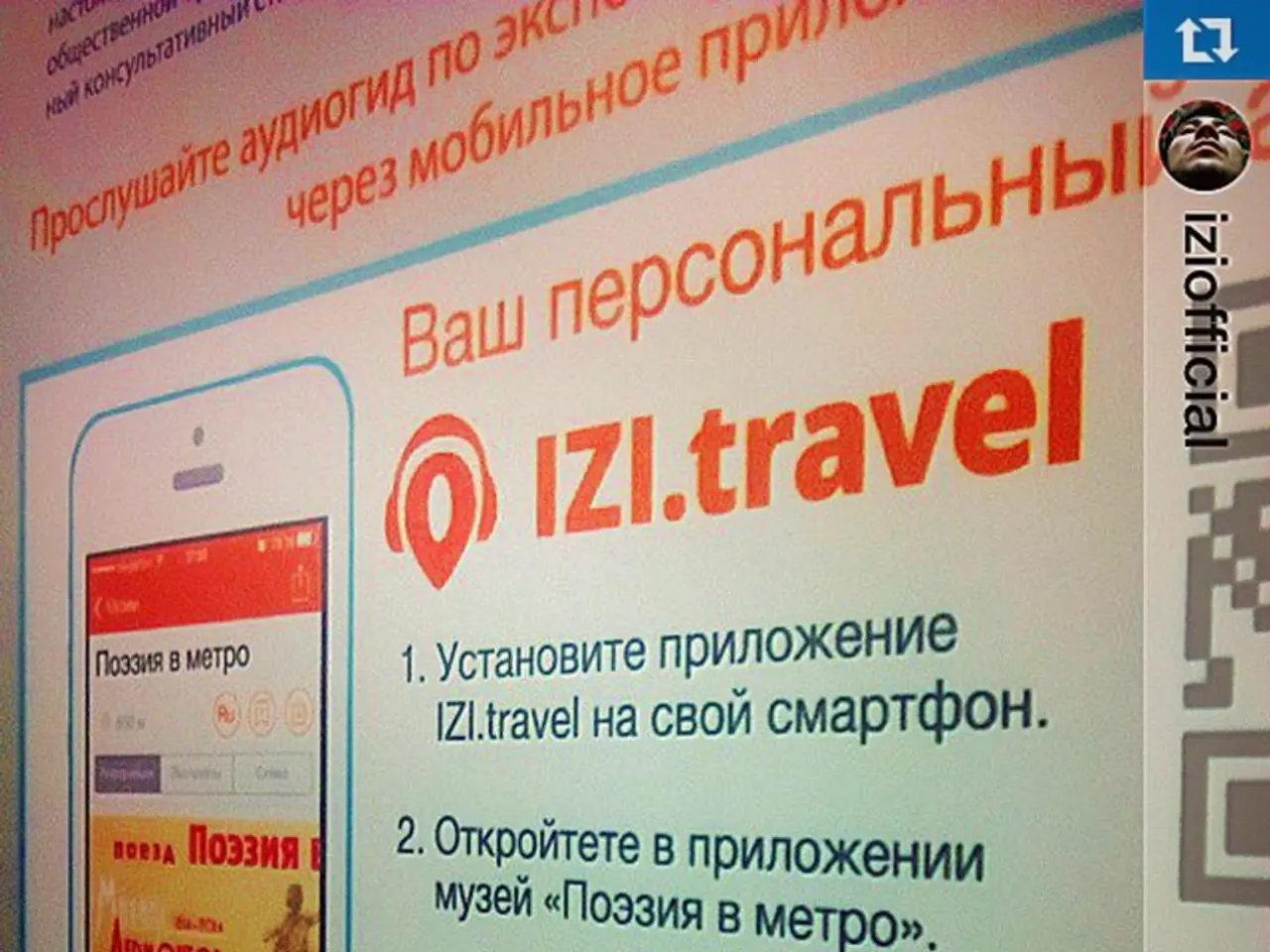Unchecked Proliferation of Active Directory: Understanding the Threats and Mitigation Strategies
In today's digital landscape, managing the complexity of Active Directory (AD) environments has become a significant challenge for many organisations. This complexity, often referred to as AD sprawl, can lead to security risks and operational inefficiencies. To mitigate these issues, several best practices and strategic initiatives have been proposed.
The impact of AD sprawl is multifaceted. It increases the attack surface, leading to hidden or excessive permissions, undetected privilege escalations, and making it easier for attackers to exploit weak points and expand access laterally across systems. Furthermore, it complicates troubleshooting, increases administrative overhead, and leads to stale or orphaned accounts, further exacerbating security vulnerabilities.
To address these challenges, several strategies can be implemented:
1. Implement Tiered Administration and Privilege Separation: Define clear tiers for administrative access, protect domain controllers and backup servers as Tier 0 assets, ensure administrative accounts are separate from day-to-day user accounts, and restrict admin rights to only necessary personnel.
2. Automate User Lifecycle Management: Integrate AD with HR or identity governance systems to automate the provisioning, modification, and deactivation of accounts as employees join, move, or leave. This reduces human error, enforces consistent group memberships, and supports the least privilege principle by tailoring permissions to specific roles.
3. Conduct Regular Access Reviews and Cleanup: Schedule systematic reviews involving IT, security, and department managers to evaluate group memberships, active roles, and login activity. Identify and disable stale accounts, especially those belonging to former employees or contractors, with a focus on privileged accounts to prevent privilege creep.
4. Use Tools to Detect and Manage Identity Sprawl: Deploy tools like BloodHound Enterprise's Privilege Zones feature to visualise and map hidden connections between identities and environments, exposing risky privilege overlaps and attack paths in hybrid identity landscapes. Such tools provide visibility into where privileged roles are improperly synchronized or chained across systems.
5. Keep Systems Updated and Patched: Regularly update domain controllers, servers, and endpoints with security patches, prioritising those that fix actively exploited vulnerabilities. Replace or isolate unsupported systems that no longer receive updates to reduce exploitable entry points.
6. Centralise Oversight and Governance: Use centralised management platforms to unify security policies across hybrid or multicloud environments, reducing complexity and improving oversight. Centralised visibility helps monitor configuration, third-party risks, and identity governance holistically, crucial in modern infrastructures.
By combining automation, regular audits, strict privilege management, up-to-date systems, and advanced visibility tools, organisations can effectively control AD sprawl, thereby enhancing both security and efficiency in managing their Active Directory environments.
It is also advised to avoid permanent high-level access and use temporary permissions whenever possible, track all changes, especially after growth events like mergers or reorganizations, and maintain consistent naming for users, groups, and systems to avoid confusion.
Many organisations have AD environments that have grown complex over time due to business growth, M&A activity, and quick fixes. However, the benefits of a clean AD are significant. It can turn a liability into a stable foundation for identity security strategy, reduce IT teams' management of disjointed or duplicated directories, lower costs from redundant infrastructure, and close gaps in security policies and monitoring tools.
Forbes Technology Council is an invitation-only community for world-class CIOs, CTOs, and technology executives. John Hernandez, the President and Chief Customer Officer at Quest Software, emphasises the importance of containing AD sprawl as a security priority. By following these best practices, organisations can ensure their AD environments are secure, efficient, and ready to support their digital transformation efforts.
John Hernandez, the President and Chief Customer Officer at Quest Software, emphasizes the importance of managing cybersecurity concerns in Active Directory (AD) environments, particularly addressing the issue of AD sprawl. To protect against potential security risks and operational inefficiencies, he recommends implementing strategies like automating user lifecycle management, centralizing oversight and governance, and using tools to detect and manage identity sprawl.




